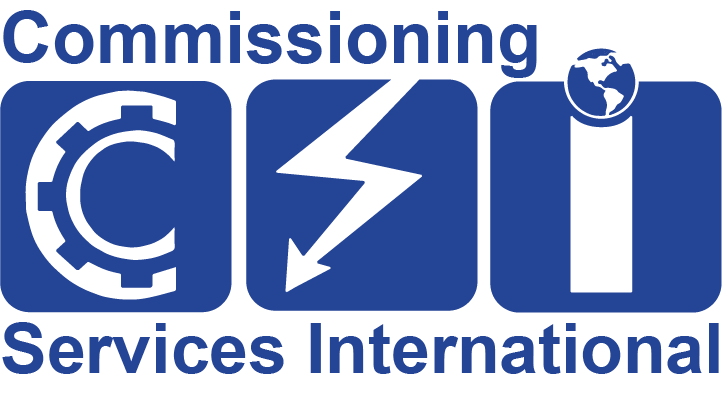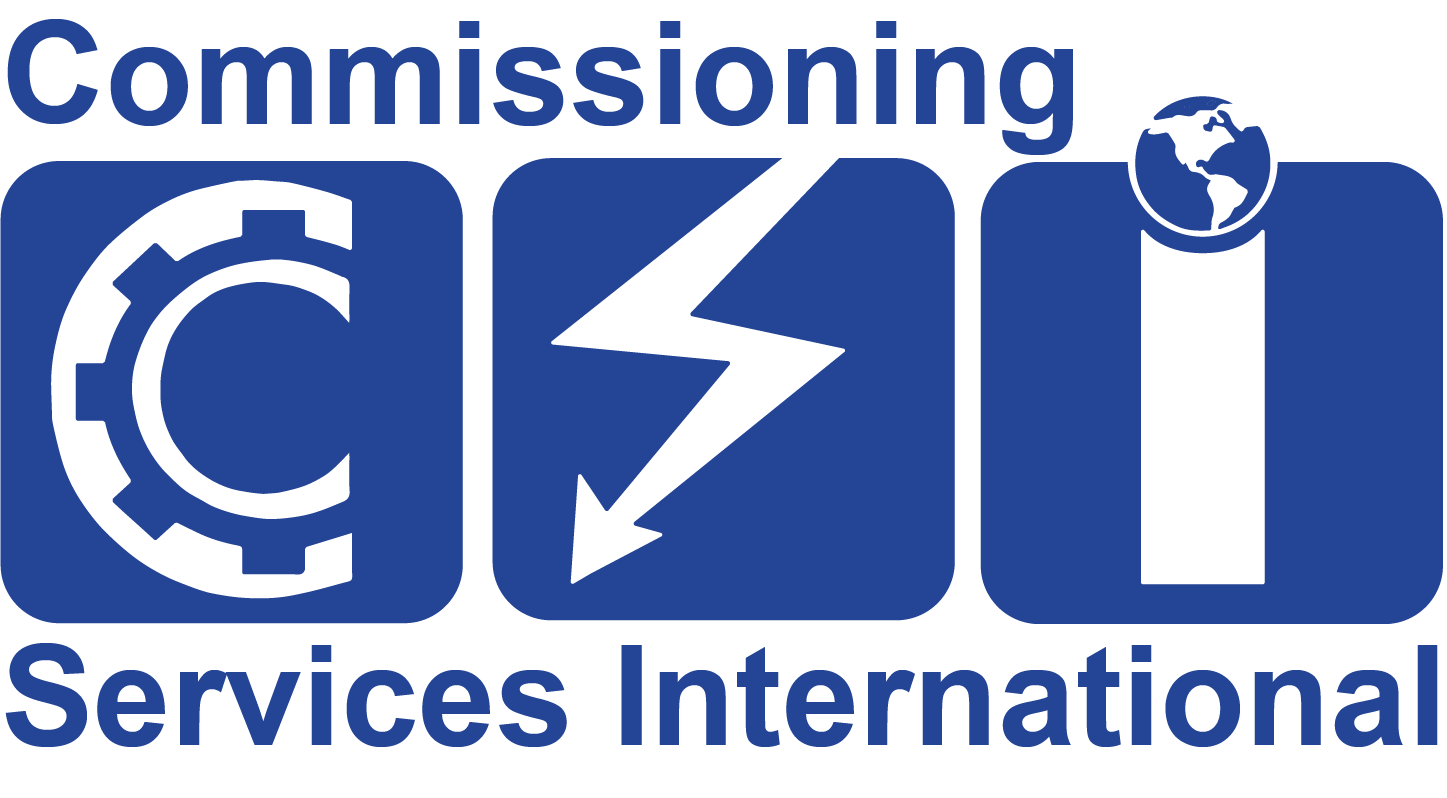Commissioning and testing are critical processes that ensure the functionality, performance, and efficiency of various systems within a project. However, even with the best intentions, mistakes can occur during these processes, leading to suboptimal outcomes. In this blog post, we will highlight some common commissioning and testing mistakes and discuss how to avoid them. By understanding these pitfalls and taking proactive measures, project stakeholders can ensure successful commissioning and testing results.
Inadequate Documentation and Verification
Documentation Solutions
One common mistake is insufficient documentation during the commissioning process. Incomplete or inaccurate documentation can lead to difficulties in system validation and future maintenance. Ensure thorough documentation of test procedures, results, and system specifications to streamline the verification process.
Verification and Validation
Neglecting the verification and validation step can compromise system performance. It is crucial to confirm that systems meet design intent, performance standards, and regulatory requirements. Regular and systematic verification ensures optimal functionality and minimizes risks.
Limited Emphasis on Energy and Sustainability
Energy Audit
Overlooking energy audits can result in missed opportunities for energy efficiency improvements. Energy audits identify potential energy-saving measures, optimizing the overall performance of a project. Incorporate energy audits early in the process to maximize energy efficiency solutions and reduce long-term operational costs.
Sustainability Considerations
Failure to prioritize sustainability practices may lead to suboptimal building performance and increased environmental impact. Integrating sustainable solutions such as CSI energy solutions, CSI energy reviews, and LEED consultancy can enhance the project’s environmental footprint while providing long-term benefits.
Insufficient Testing and Diagnosis
Testing and Diagnosis Services
Rushing or inadequately conducting various tests, such as electrical testing, sound and vibration testing, clean room testing, HEPA filters testing, network testing, medical gas and laboratory testing, thermal imaging testing, building envelope testing, duct leakage testing, indoor air quality testing, tunnel ventilation testing, and cold smoke testing, can result in undetected issues. Thorough testing and diagnosis help identify potential problems before they become costly and impact system performance.
Limited Utilization of BIM Services
BIM Modeling and Engineering
Failing to leverage BIM services, including BIM modeling, engineering, and scanning, can hinder effective collaboration and coordination among project stakeholders. BIM enables clash detection, efficient project management, and accurate visualization, reducing errors and rework.
Energy Modeling
Neglecting energy modeling can lead to missed opportunities for optimizing energy performance. Energy modeling allows for accurate simulation and analysis of energy usage, enabling informed decisions for energy efficiency improvements.
Conclusion
Avoiding common commissioning and testing mistakes is crucial for achieving successful project outcomes. By emphasizing thorough documentation and verification, prioritizing energy and sustainability considerations, conducting comprehensive testing and diagnosis, and leveraging BIM services, stakeholders can mitigate risks and ensure optimal system performance. Commissioning services, testing and diagnosis, documentation solutions, energy and sustainability practices, and BIM services play integral roles in preventing and rectifying these mistakes, resulting in reliable and efficient projects that meet the needs of both clients and end-users.



Leave a Reply